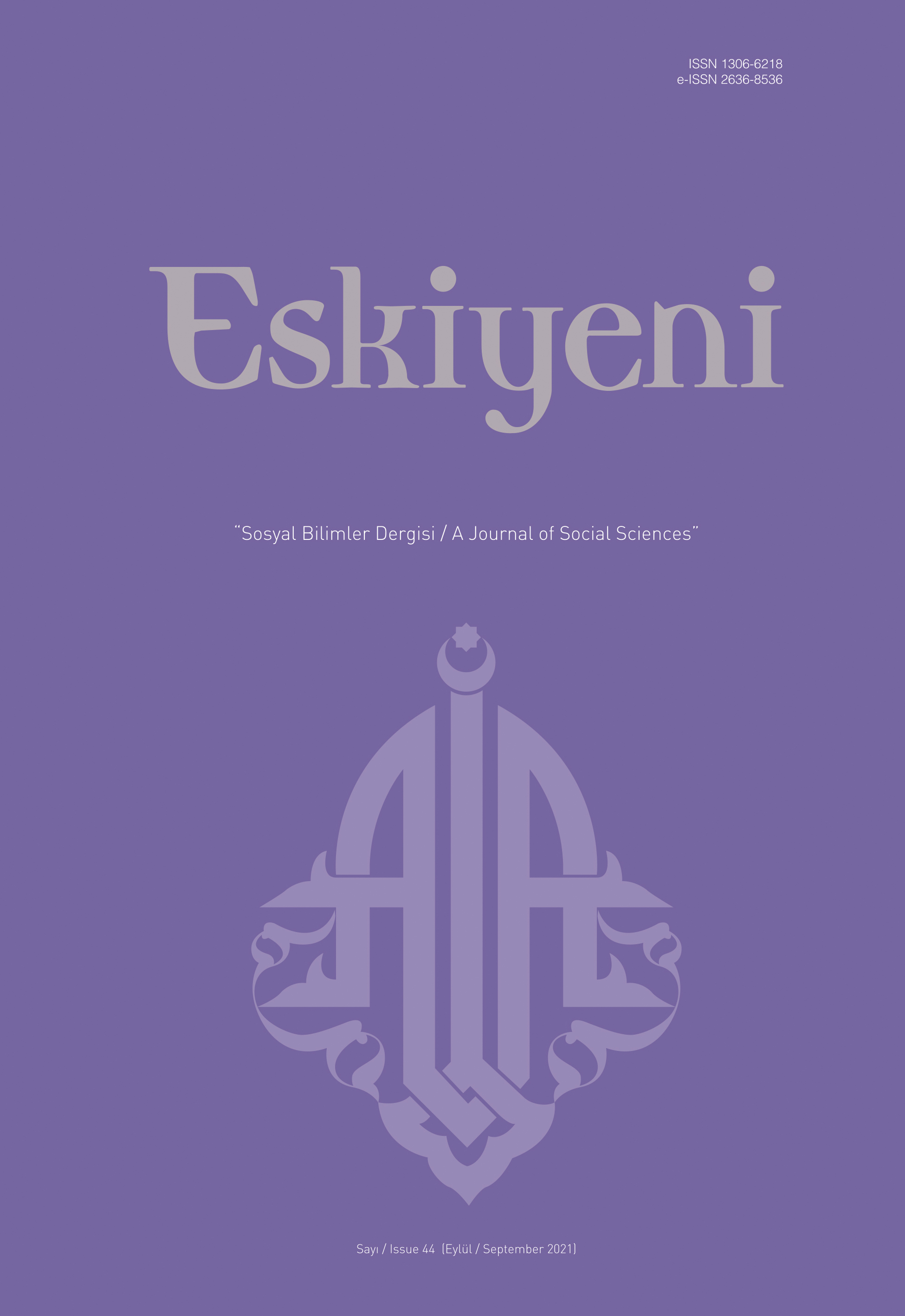Modern Dünyada Kültürel Bir İnşa Olarak Noel
Christmas as a Cultural Construct in the Modern World
Author(s): Hicret K. Toprak,Subject(s): Christian Theology and Religion, History, Social Sciences, Theology and Religion, Sociology of Religion
Published by: Anadolu İlahiyat Akademisi
Keywords: Sociology of Religion; Modernity; Christmas; Myth; Cultural Construction; Fakelore;
Summary/Abstract: As the products of diligent human effort in understanding his own existence and the universe myths have come to be regarded as part of an archaic world in the modern age. In spite of the foresight that the ‘enchanting’ conception of the world would gradually disappear during the process of secularization, religous beliefs and mythological concepts have sustained themselves in the modern world with renewed forms and functions. In this context, the most common rituals of the Western Christian world are Christmas and the cults rebuilt around it.The main focus of this study is the reconstruction of Christmas as a part of the capitalist culture industry, which continues to exist with all its vitality in the modern world, where sanctity is attributed only to the production of reason-based methodical knowledge, and all categories outside the rational field are at most reduced to the category of fiction or superstition. Indeed, the secular imagination of the modern age and the religious and ‘archaic’ origins of Christmas reflect a remarkable contradiction at first glance.The historical origins of Christmas as the common cultural heritage of the Christian West is based on pagan beliefs of Ancient Rome and Iran along with Christian syncretism. The mysterious religions of the East had greatly penetrated the beliefs of the public sphere when Christianity began to spread in the vast geography under the domination of the Roman Empire. During this process, the dominant cults and sacred figures of pagan traditions, which had spread over a wide period of time and space, are the products of a multicultural syncretism, continued living on by infiltrating Christianity with their strong symbolism. Mithraism, which has been included in the Christian tradition by the Church fathers from the beginning of the 4th century, is one of them. The transitions between Christianity and the pagan traditions of Mithraism gain clearance first and foremost December 25th, identified by the birthday of Jesus, in the example of Christmas.However, the secular form of Christmas that brings together the sacred and profane elements peculiar to needs of the modern age, which in the modern age is almost reinvented in accordance with the needs of capitalist society in which cultural production has turned into an “industry”, can only be understood in the instrumental functionality it has gained in the context of the culture industry. The foresight that man and society can be reconstructed within the framework of the rising values of the Enlightenment has made cultural production one of the industries in the commodity production sector in the modern age. A typical example of this is the popular Christmas literature developed from the 19th century, combining sacred elements and profane values.The global-based spread of Christmas today is closely related to the ‘consumption culture’ that the capitalist system has created as a new and unique communalization style. So much so that the representation and images produced by the consumption industry of Christmas have gained a global character, especially the figure of Santa Claus, which has become the global icon of huge shopping centers during Christmas week. After all, Christmas today stands out as a cultural construction of the modern world and one of the most widespread examples of the global commercial diffusion of capitalism.
Journal: Eskiyeni
- Issue Year: 2021
- Issue No: 44
- Page Range: 663-678
- Page Count: 16
- Language: Turkish

